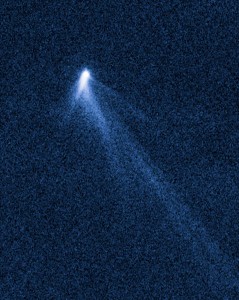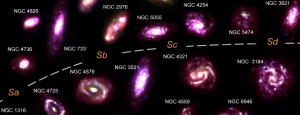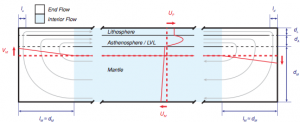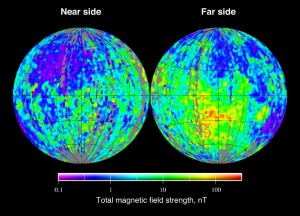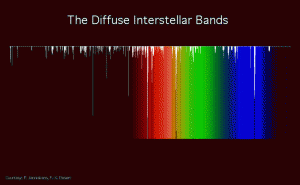Interesting talk today from Prof. Hilke Schlichting of MIT’s Earth, Atmospheric and Planetary Sciences Dept. She discussed what we can learn about the histories and origins of planets with all the new planets and planetary candidates found by the Kepler mission.
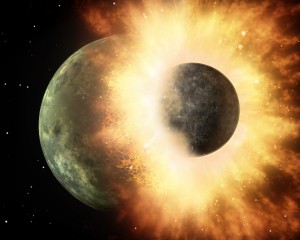
Artist’s conception of a large planetary impact of the kind that occurred during planet formation. From http://www.hdwallpapersinn.com/planet-impact-wallpapers.html.
Among the key results from Kepler are discoveries of a wide variety of orbital architectures (the arrangements of planetary orbits). The processes that gave rise to the planets determined, for example, the orbital periods of the planets.
Many Kepler planets reside in systems with multiple planets, and many members of these multiplanet systems have orbital periods that are very nearly integer multiples of one another. That is, the planets are near a mean-motion resonance, which means the planets interact strongly gravitationally.
Prof. Schlichting described one explanation for these near resonances: while the planetary systems were still very young, interactions between the nascent planets and the protoplanetary gas disks from which the planets form gently tuned the gravitational interactions between the planets, keeping them slightly out of resonance.
There has been some debate about whether the near resonances for many Kepler planetary systems mean that the planets did or did not undergone strong gas disk migration. In the simplest picture, this migration should drive planets into resonances, inconsistent with the observations of near-resonances.
But Prof. Schlichting’s modification to that picture means that the planets could have undergone migration after all. Turns out planetary systems were pretty complicated, dynamic places early on.
